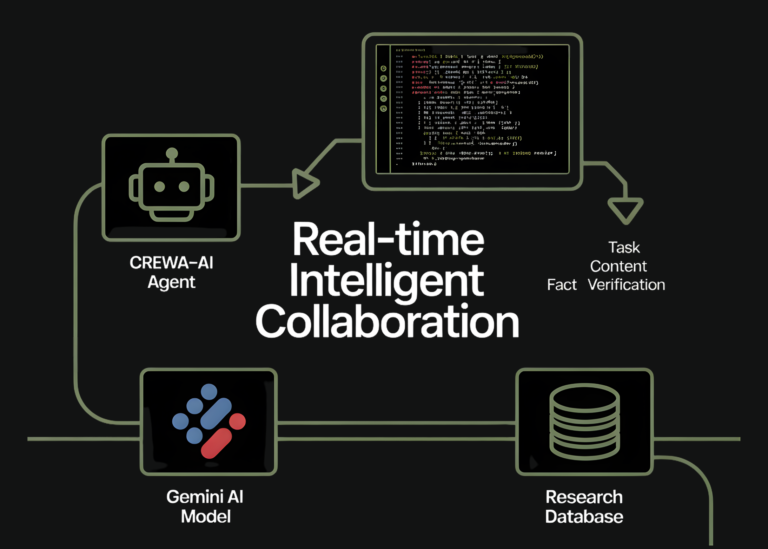AI Tools for Analyzing Social Media Sentiment: Transforming Data into Insights
In the digital age, social media has become a cornerstone of communication, shaping public opinion, driving trends, and influencing business decisions. With billions of posts, comments, and interactions generated every day, understanding the sentiment behind this vast data is crucial for organizations seeking to stay ahead. Enter AI-powered sentiment analysis tools—innovative solutions that decode emotions and opinions in social media content, enabling businesses and researchers to make informed, data-driven choices. This article explores the role of AI in social media sentiment analysis, its applications, benefits, challenges, and what the future holds.
What is Social Media Sentiment Analysis?
Social media sentiment analysis refers to the use of artificial intelligence to evaluate and categorize the emotions expressed in user-generated content, such as tweets, Facebook posts, Instagram comments, or reviews. It identifies whether the sentiment is positive, negative, or neutral, helping stakeholders gauge public perception of brands, products, events, or topics. Beyond basic sentiment classification, advanced tools can detect nuanced emotions like frustration, excitement, or sarcasm, providing deeper insights into audience behavior.
This process is vital for businesses to monitor customer feedback, for marketers to assess campaign effectiveness, and for researchers to study societal trends. However, the complexity of human language—riddled with slang, idioms, cultural references, and sarcasm—makes manual analysis impractical. AI tools rise to the challenge by automating and refining this process.
How AI Tools Work
AI sentiment analysis tools rely on Natural Language Processing (NLP) and machine learning to interpret data. Here’s a breakdown of their key components:
- Data Collection: Tools gather social media data from platforms like Twitter, Facebook, LinkedIn, or YouTube, often using APIs or web scraping (with permission).
- Preprocessing: Raw text is cleaned and structured, involving tasks like tokenization (splitting text into words), removing stop words, and handling emojis or abbreviations.
- NLP Techniques: Algorithms analyze grammar, context, and word relationships. Advanced models, such as transformer-based systems (e.g., BERT), capture context better than traditional methods.
- Sentiment Classification: Machine learning models, trained on labeled datasets, categorize text into sentiment classes. Deep learning techniques like neural networks further enhance accuracy.
- Real-Time Processing: Many tools offer live monitoring, allowing users to track sentiment shifts as they happen.
By combining these steps, AI tools transform unstructured social media data into actionable insights, often with high scalability and speed.
Popular AI Tools for Social Media Sentiment Analysis
Several platforms stand out for their robust sentiment analysis capabilities, catering to diverse needs:
- Brandwatch: A leading tool for real-time social listening, offering detailed sentiment categorization and trend tracking across platforms.
- Hootsuite Insights: Integrates with Hootsuite’s social media management suite, providing sentiment scores and keyword tracking for brand monitoring.
- Lexalytics: Uses AI to analyze text in over 20 languages, ideal for global brands. Its Salience platform detects emotions and topics with high precision.
- MonkeyLearn: A user-friendly tool that allows customization of sentiment models, suitable for businesses without extensive technical expertise.
- Google Cloud Natural Language API: Leverages Google’s advanced NLP to analyze sentiment, entities, and syntax, with strong multilingual support.
- IBM Watson Tone Analyzer: Focuses on detecting emotional tones in text, including frustration, joy, or sadness, useful for customer service and content analysis.
- Sprout Social: Combines sentiment analysis with social media management, offering dashboards for tracking brand mentions and audience engagement.
- Socialbakers: Provides AI-driven insights into social media performance, including sentiment analysis to refine marketing strategies.
For developers, open-source libraries like NLTK and spaCy offer flexible, customizable solutions, while frameworks like TensorFlow or PyTorch enable building tailored models.
Applications and Use Cases
AI-driven sentiment analysis is widely applied across industries:
- Business and Marketing: Companies track customer feedback to improve products, monitor campaign success, and identify emerging trends. For example, a brand might adjust its messaging if negative sentiment spikes around a new product launch.
- Customer Service: Brands use sentiment tools to prioritize urgent complaints, enabling faster resolution and improved satisfaction.
- Political and Social Research: Analysts gauge public opinion on policies or candidates by analyzing social media discussions during elections.
- Crisis Management: During a PR crisis, real-time sentiment monitoring helps organizations detect and address issues before they escalate.
- Academic Studies: Researchers explore topics like mental health trends, cultural shifts, or public reactions to global events through sentiment data.
These tools also analyze reviews, forums, and chatbots, making them versatile for various domains.
Benefits of AI-Driven Sentiment Analysis
- Real-Time Insights: Instantaneous analysis of social media activity allows proactive decision-making.
- Scalability: AI handles massive data volumes effortlessly, making it feasible for large-scale monitoring.
- Cost-Effectiveness: Reduces the need for manual analysis, saving time and resources.
- Multilingual Support: Many tools process content in multiple languages, aiding global operations.
- Trend Identification: Detects patterns and shifts in public opinion, helping predict market movements or social trends.
- Integration: Seamlessly connects with CRM systems, social media platforms, and analytics tools for comprehensive reporting.
For instance, a retail company might use sentiment analysis to identify regional preferences, while a political campaign could refine its messaging based on public reaction.
Challenges and Limitations
Despite their advantages, AI tools face hurdles:
- Sarcasm and Context: AI may misinterpret sarcasm or culturally nuanced phrases. For example, "I love this product, it’s terrible!" would confuse a basic model.
- Data Privacy: Collecting user data raises ethical concerns, requiring compliance with regulations like GDPR.
- Bias and Accuracy: Models trained on skewed datasets may produce biased results, necessitating continuous refinement.
- Platform Variability: Each social media platform has unique language styles (e.g., Twitter’s brevity vs. Facebook’s long-form posts), complicating universal analysis.
- Interpretation Complexity: Emotions are context-dependent, and AI sometimes struggles with abstract or metaphorical language.
These challenges highlight the need for human oversight and hybrid approaches that combine AI with manual verification.
Future Trends in AI Sentiment Analysis
The field is evolving rapidly with advancements in AI:
- Enhanced Contextual Understanding: Next-gen models like GPT-4 and BERT improve their grasp of context, sarcasm, and idioms.
- Multimodal Analysis: Future tools may analyze text, images, and videos together, offering a holistic view of sentiment.
- Personalization: AI could tailor insights to specific audiences or demographics, enabling hyper-localized strategies.
- Ethical AI: Increased focus on transparency and fairness to address biases and privacy concerns.
- Integration with Predictive Analytics: Combining sentiment data with other metrics to forecast trends or consumer behavior.
As AI becomes more sophisticated, its applications will expand, making sentiment analysis even more indispensable.
Conclusion
AI tools for social media sentiment analysis are revolutionizing how organizations interpret public opinion. By automating complex language processing tasks, they offer actionable insights that drive smarter decisions. However, their effectiveness depends on continuous improvement, ethical considerations, and human collaboration. As technology advances, these tools will not only become more accurate but also more integral to understanding the ever-changing digital landscape. Whether you’re a marketer, researcher, or business leader, leveraging AI for sentiment analysis is no longer a luxury—it’s a necessity in today’s data-centric world.







